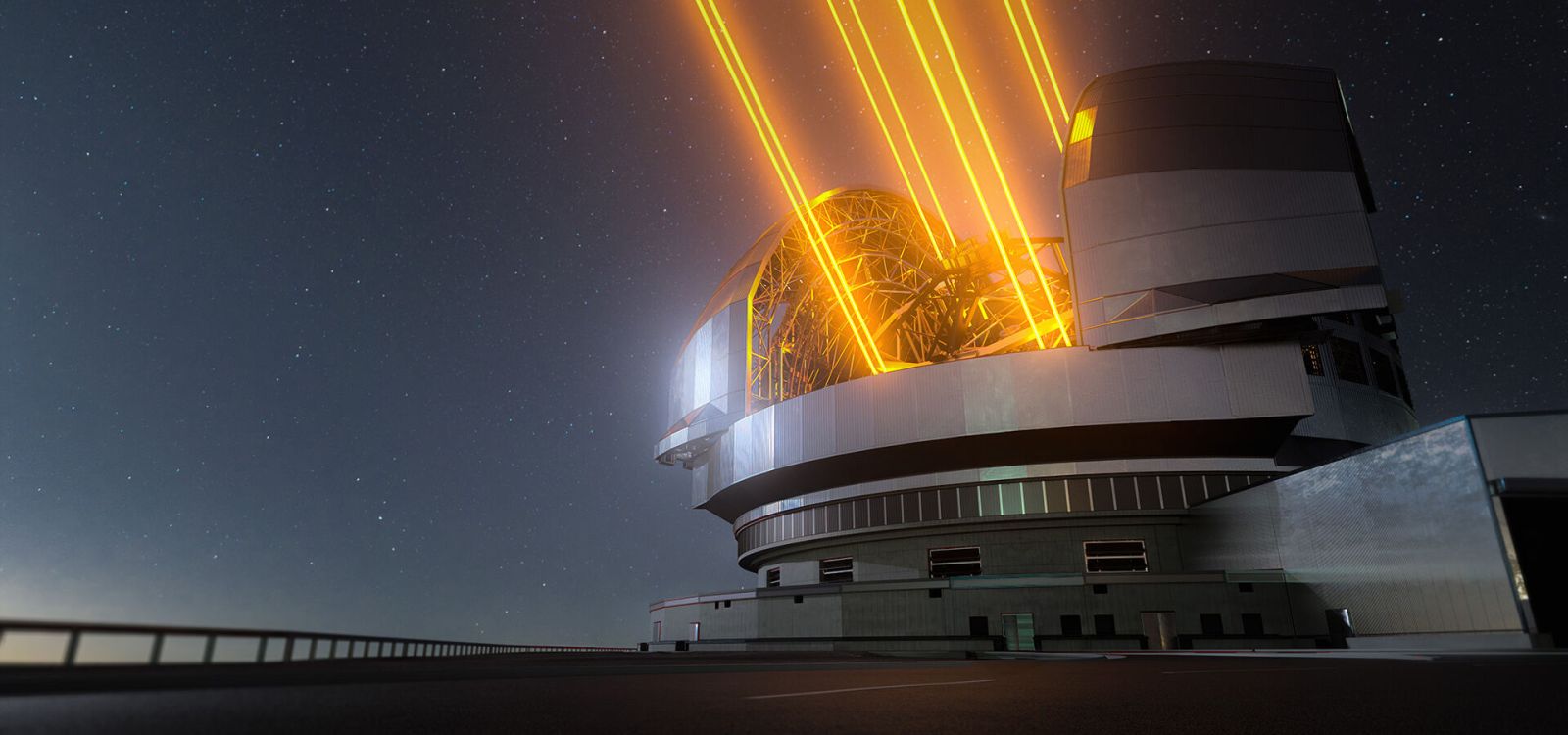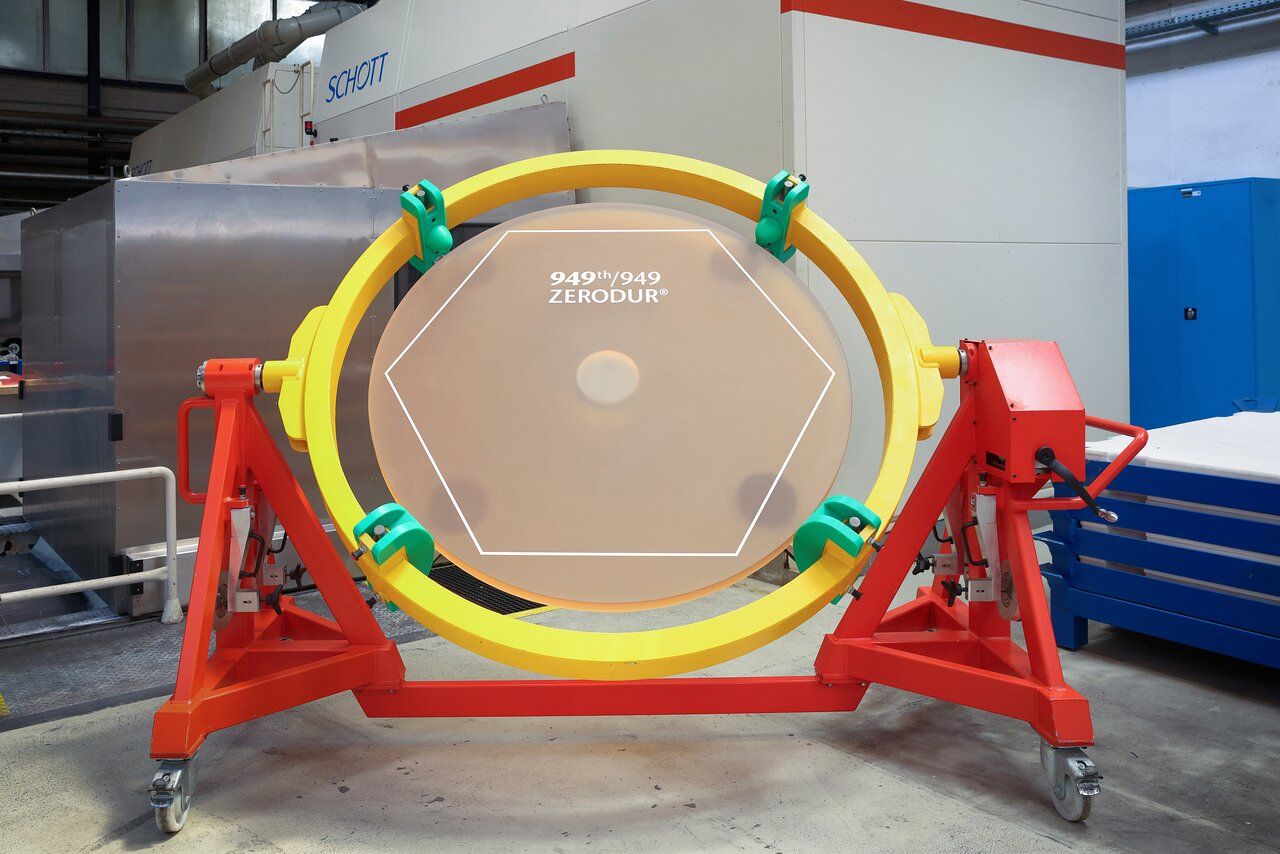Follow us on Google News (click on ☆)

The future ELT.
Image ESO
Too large to be made from a single piece of glass, M1 will consist of 798 hexagonal segments, each approximately two inches (five centimeters) thick and nearly five feet (1.5 meters) in diameter, working together to collect tens of millions of times more light than the human eye.
An additional 133 segments have been produced to facilitate the maintenance and coating of segments once the telescope is operational. ESO has also purchased 18 spare segments, bringing the total number to 949.
The M1 blanks, shaped pieces that are subsequently polished to become mirror segments, are made from ZERODUR©, a low-expansion glass-ceramic material developed by SCHOTT and optimized for the extreme temperature ranges at the ELT site in the Atacama Desert. The company also made the blanks for three other ELT mirrors - M2, M3, and M4 - at its facilities in Mainz, Germany.

The 949th ELT mirror segment is cast and ready to take shape
Once cast, all segments follow a multi-step international journey. After a slow sequence of cooling and thermal processing, each blank's surface is shaped by ultra-precise grinding at SCHOTT. The blanks are then transported to the French company Safran Reosc, where each is cut into a hexagon and polished to a precision of 10 nanometers across the optical surface - meaning the mirror surface's irregularities will be less than a thousandth of the width of a human hair.
Once polished and assembled, each M1 segment is shipped across the ocean to the ELT technical facility at ESO's Paranal Observatory in the Atacama Desert - a 6,200-mile (10,000 kilometers) journey that over 70 M1 segments have already made. At Paranal, only a few miles from the ELT construction site, each segment is coated with a layer of silver to make it reflective, after which it will be carefully stored until the telescope's main structure is ready to receive it.
When it starts operating at the end of this decade, ESO's ELT will be the largest eye in the world aimed at the sky. It will tackle the greatest astronomical challenges of our time and make discoveries previously unimaginable.

The Arc de Triomphe in Paris underneath the ELT's dome. In the center, the current Very Large Telescope (VLT).
Image Wikimedia